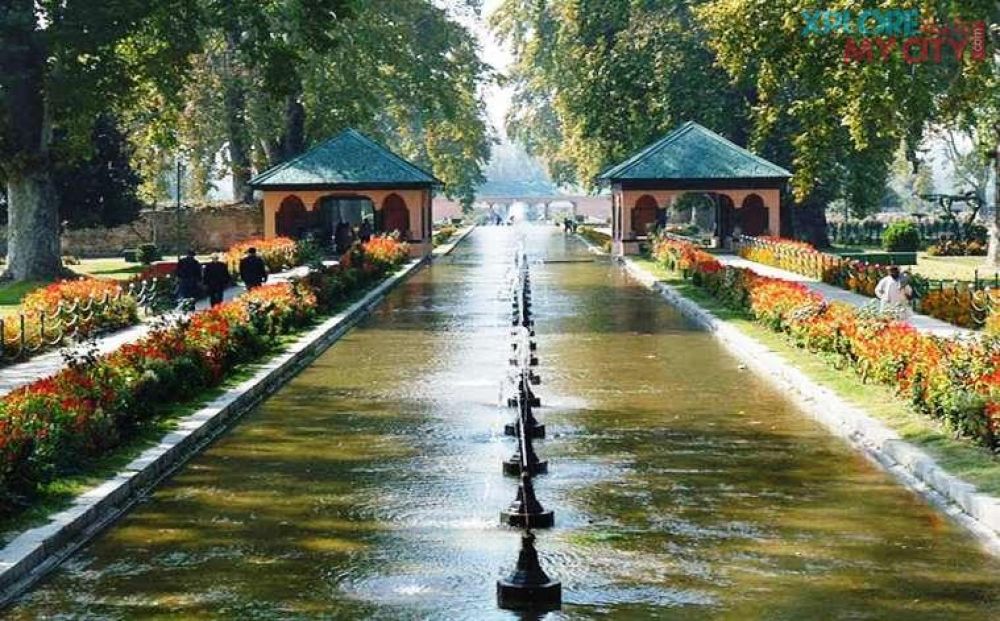

The Shalimar Gardens of Kapurthala, Punjab, India, while not as famous as their namesake in Lahore, Pakistan, carry their own unique historical significance and charm. These gardens were established as part of the Kapurthala princely state, known for its enlightened rule and patronage of architecture. The history of tourism at Shalimar Gardens is intertwined with the legacy of the erstwhile Maharaja of Kapurthala.
The Kapurthala State has been known for its fusion of French architecture with Indian tradition, thanks to the Francophile Maharajas who were at the helm in the late 19th and early 20th centuries. The Shalimar Gardens were a reflection of this blend, where the royalty would entertain guests and enjoy leisurely evenings. Designed after the famous Shalimar Bagh in Lahore, they too were meant to be a place of retreat and celebrations for the royal family and their visitors.
One of the most notable Maharajas of Kapurthala, Maharaja Jagatjit Singh, was a known patron of arts, culture, and architecture. It was during his reign that the Shalimar Gardens saw significant enhancement in their design and layout. With the Maharaja's passion for European styles, the gardens likely underwent changes that reflected those preferences, making them an interesting case study in architectural fusion.
The history of tourism at Shalimar Gardens Kapurthala is relatively recent. For many years, the gardens remained a private space for the royal family. However, post-independence, these spaces began to transform into public areas where locals and tourists alike could experience the grandeur of Kapurthala's royal heritage.
Today, visitors to the Shalimar Gardens can enjoy the well-manicured landscapes, the serene water features, and the historic architecture surrounding the gardens. The combination of natural beauty and heritage makes it an attractive destination for a diverse range of tourists, from history buffs to nature lovers.
In recent years, there has been an increase in cultural tourism, with people seeking experiences that offer a glimpse into the region's royal past. The Shalimar Gardens contribute to this interest, offering educational tours that highlight the history and architectural significance of the site. Moreover, local festivals and events now often take place in the gardens, drawing larger crowds seeking to participate in the vibrant cultural practices of Punjab.
As awareness of cultural heritage grows, so does the importance of preserving sites like the Shalimar Gardens. Tourism at the gardens helps generate revenue that can aid in their maintenance and conservation, ensuring their legacy prevails for generations to come. Additionally, as eco-tourism gains traction, efforts to maintain the gardens in an environmentally sustainable manner have become crucial.
The Shalimar Gardens of Kapurthala are more than just a tourist destination; they are a portal into the history and cultural fabric of Punjab. They are a legacy of the state's rich past and an essential part of its present identity. As tourism continues to evolve, the Shalimar Gardens will undoubtedly remain a treasured landmark for visitors from all over the world.